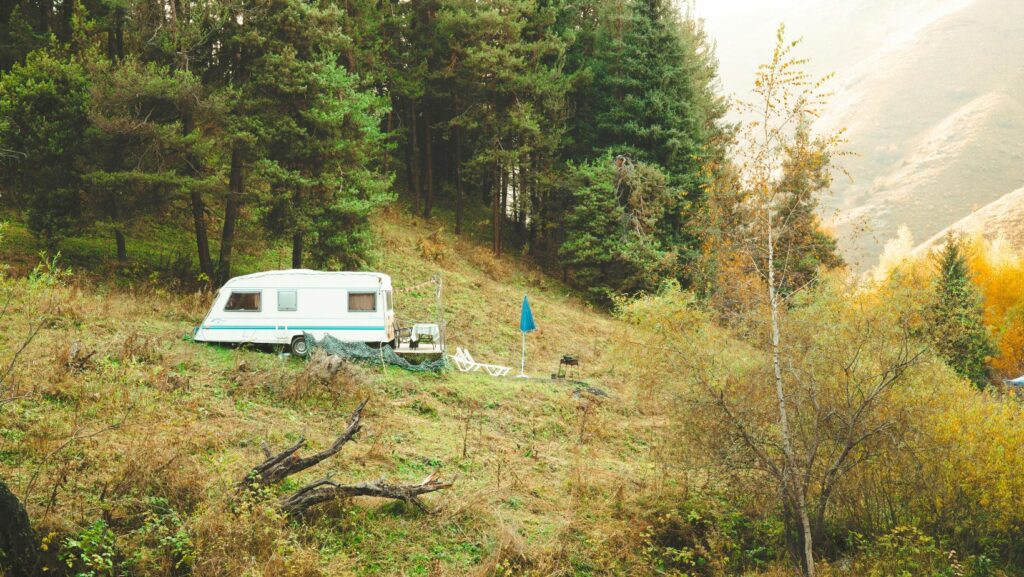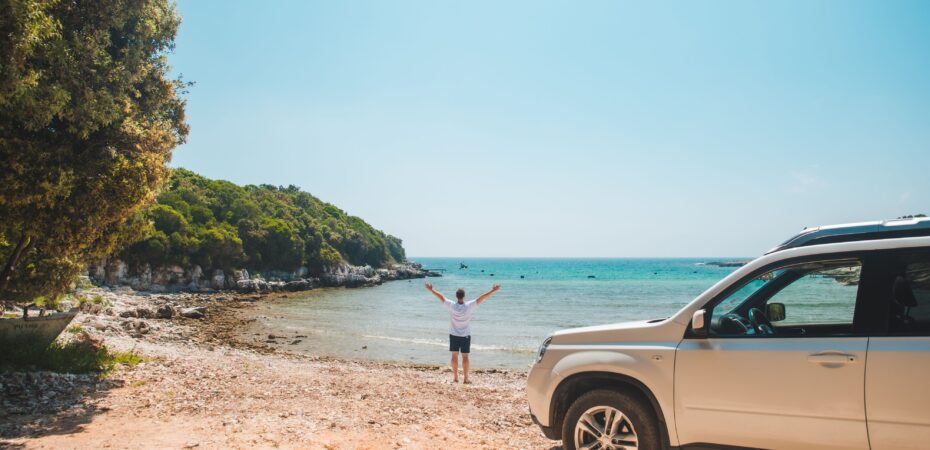Fall is one of the most beautiful times to hit the road in your RV. Crisp air, golden foliage, and fewer crowds make it ideal for scenic drives and peaceful campsite stays. But as temperatures drop and daylight hours shrink, new challenges arise. Preparing your RV and family for cooler weather and limited visibility isn’t just smart—it’s essential for a safe, enjoyable journey. Whether you’re planning a weekend getaway or a cross-country adventure, these fall-specific safety tips will keep you and your crew protected and comfortable.
Inspect and Winterize Your RV’s Plumbing System
One of the most significant risks in fall travel is frozen pipes. Even if you’re not heading into snow country, overnight temperatures can dip below freezing, especially at higher elevations.
To prevent costly damage:
- Drain and winterize freshwater, gray, and black water tanks if you won’t be using them.
- Use RV antifreeze (non-toxic, pink-colored) to flush the system.
- Insulate exposed pipes and install heat tape on holding tanks.
- Keep your freshwater tank at least half full to reduce the risk of freezing.
If you plan to keep your RV “winter-ready” without complete winterization, ensure your furnace and water pump are functioning correctly.
Check Your Furnace and Heating System
Your RV’s furnace is your lifeline during chilly fall nights.
Before your trip:
- Replace the air filter.
- Inspect the propane lines for leaks (use soapy water to check connections).
- Run the furnace for at least 15 minutes to confirm it heats evenly.
- Carry a portable electric space heater (with tip-over protection) as a backup.
Ensure your carbon monoxide (CO) and smoke detectors are working—test them before departure and replace batteries if needed.

Prepare for Shorter Days and Low Visibility
Fall brings earlier sunsets and foggy mornings, increasing the risk of driving.
To stay safe:
- Travel during daylight whenever possible. Aim to arrive at your destination by 4–5 PM.
- Clean headlights and taillights to maximize visibility.
- Use auxiliary lighting—install LED strip lights inside and motion-sensor lights outside for safe nighttime movement.
- Keep a flashlight and headlamp in the cab and bedroom for emergencies.
If you must drive at night, reduce speed, increase following distance, and use high beams cautiously.
Understand RV Maintenance in Cool Weather
Cold temperatures reduce battery efficiency. A fully charged 12V battery can lose up to 30% of its power when temperatures drop below 32°F.
To avoid being stranded:
- Test your house and chassis batteries with a multimeter.
- Clean terminals and apply dielectric grease to prevent corrosion.
- Keep batteries charged—use a battery maintainer or solar charger during storage.
- Consider upgrading to lithium batteries, which perform better in cold weather than traditional lead-acid models.
If boondocking, monitor battery levels closely and limit high-draw appliances like heaters and microwaves.
Pack for Layered Warmth and Comfort
Fall weather is unpredictable—sunny afternoons can turn into freezing nights. Pack clothing in layers:
- Thermal base layers (merino wool or synthetic)
- Fleece or down jackets
- Waterproof outer shells
- Warm hats, gloves, and insulated boots
Inside the RV, comfort is key. Bring soft, breathable bedding to stay cozy. These versatile quilts are lightweight, machine-washable, and perfect for layering on cool nights. They pack small, add a homey touch, and are ideal for kids and adults alike.
Maintain Tire Safety in Changing Conditions
Cooler temperatures affect tire pressure. Underinflated tires increase the risk of blowouts, especially on long drives.
Before departure:
- Check tire pressure when cold (early morning).
- Inflate to the manufacturer’s recommended PSI (not the max on the sidewall).
- Inspect for cracks, dry rot, or tread wear—common in older RVs stored over the summer.
- Carry a tire repair kit and portable air compressor.
Don’t forget the spare—ensure it’s properly inflated and accessible.
Plan for Limited Cell Service and Power
Fall camping often means remote locations with spotty connectivity.
Prepare by:
- Downloading offline maps and campground info.
- Charging power banks and keeping them in a warm place (cold drains them faster).
- Using solar chargers to maintain device power.
- Inform the family of your route and check-in schedule.
Stay Weather-Aware
Fall storms can develop quickly. Monitor forecasts daily using weather apps or NOAA radio. Be ready to adjust plans if high winds, heavy rain, or early snow are predicted.
Fall RV travel offers unmatched beauty and tranquility—but it demands extra preparation. By focusing on heating, visibility, battery health, and personal comfort, you’ll stay safe and warm as the days grow shorter. From knowing what to know about RV batteries to packing for cozy nights, every detail counts. With the right mindset and gear, your autumn adventure won’t just be safe—it’ll be unforgettable. So check your systems, pack your layers, and roll into the season with confidence. The open road is calling, and it’s painted in fall’s finest colors.


 By
By 




